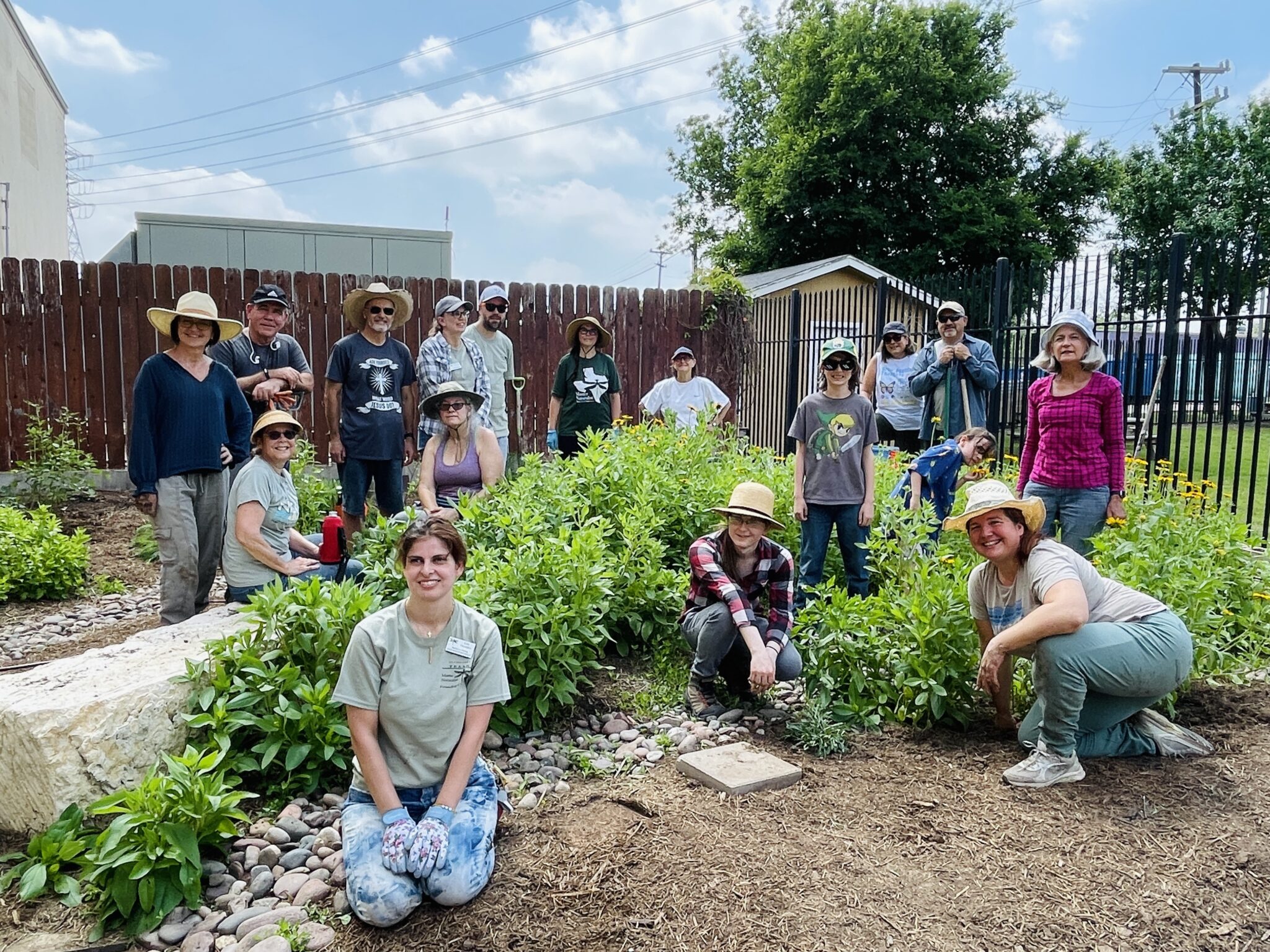
As a volunteer organization, we can only accomplish our mission of outreach and education through the joint and individual efforts of our members! Typical activities include:
- one or two plant sales per year
- staffing information tables at various local festivals and events that have a gardening or other ecological emphasis
- volunteering to assist in the installation or maintenance of gardens at local parks, schools or charitable organizations with a NPSOT-SA affiliation (“hands on” activities)
- serving on a committee (Board, Membership, Programming, Outings, Public Relations, Grant, NLCP, Native Plant Sale, Plants x Donation, Master Naturalist Liaisons, Volunteer Coordinators)
- assisting in an administrative role (e.g. volunteer coordinator, website or social media maintenance, newsletter, meeting logistics, etc.)
If you are interested in volunteering, please let us know below. Our meetings and many of our volunteer activities are approved for AAMN hours.
